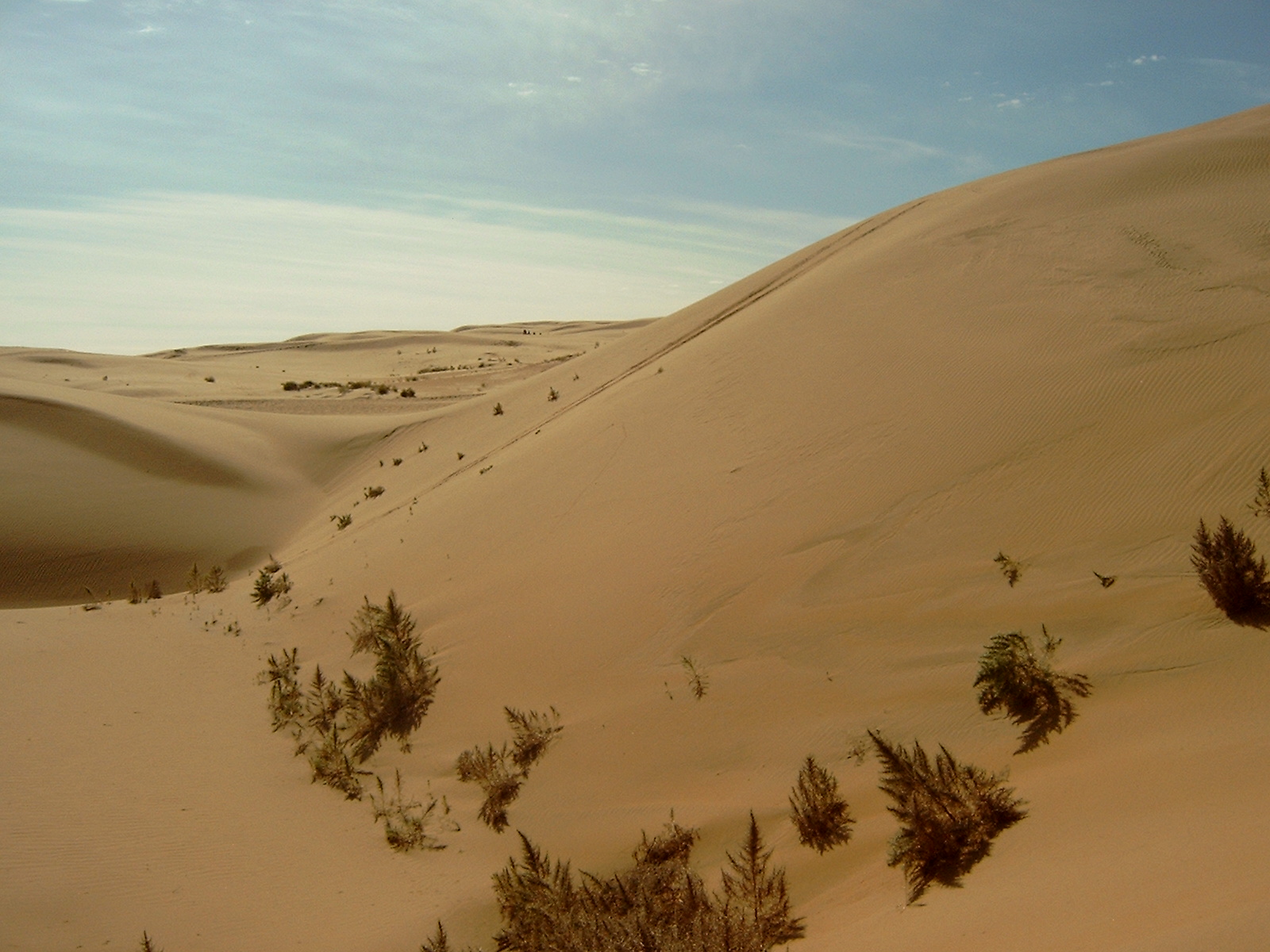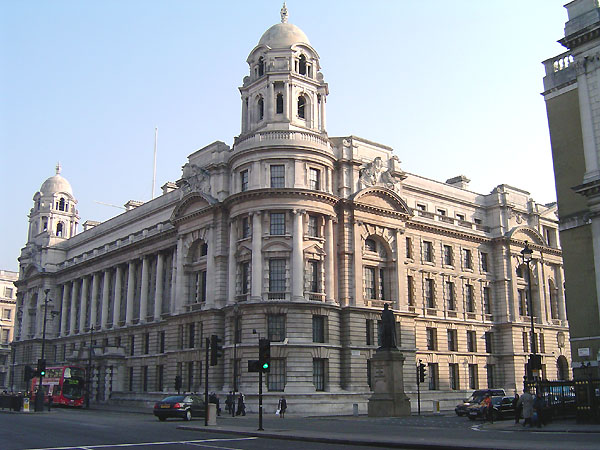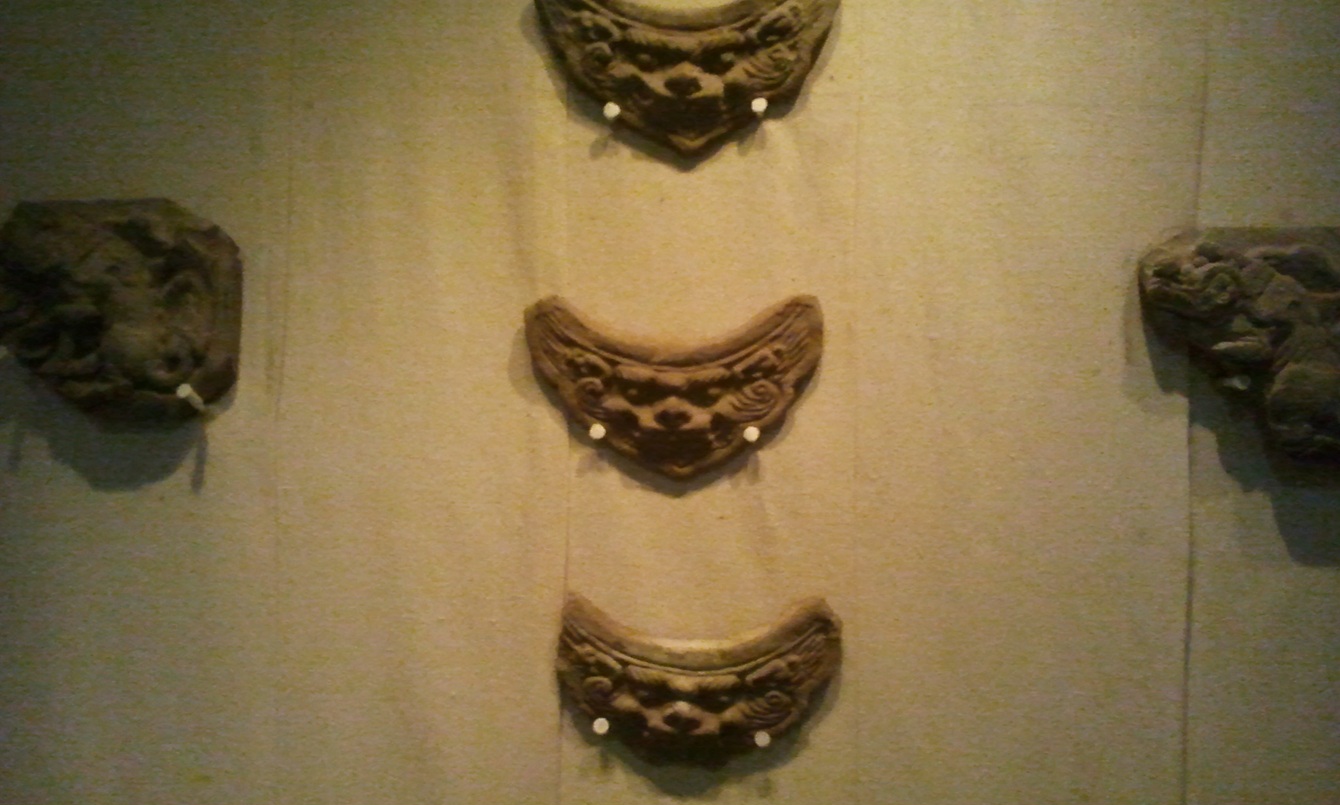|
Pyotr Kozlov
Pyotr Kuzmich Kozlov (; 3 October 1863 in Dukhovshchina – 26 September 1935 in Peterhof) was a Russian and Soviet traveller and explorer who continued the studies of Nikolai Przhevalsky in Mongolia and Tibet. Biography Although prepared by his parents for a military career, Kozlov chose to join Nikolai Przhevalsky's expedition. After his mentor's death, Kozlov continued traveling in Asia with Przhevalsky's successors, Pevtsov and Roborovsky. In 1895 he took general command of the expedition from ailing Roborovsky. From 1899 to 1901 he explored and later described in a book the upper reaches of the Yellow River, Yangtze, and Mekong rivers, for which he received the Constantine Medal in 1902. During the first decade of the 20th century, when the Great Game reached its peak, Kozlov rivaled Sven Hedin and Aurel Stein as the foremost researcher of Xinjiang. Although he was on good terms with Hedin and other foreign explorers, the British government, as represented b ... [...More Info...] [...Related Items...] OR: [Wikipedia] [Google] [Baidu] |
Dukhovshchina, Smolensk Oblast
Dukhovshchina () is a town and the administrative center of Dukhovshchinsky District in Smolensk Oblast, Russia, located on the Vostitsa River northeast of Smolensk, the administrative center of the oblast. Population: Geography Climate Dukhovshchina has a warm-summer humid continental climate (''Dfb'' in the Köppen climate classification). History Dukhovshchina developed on the spot of the Dukhov Monastery, established at some point in the 15th century. It was granted town status in 1777. It was captured by Napoleon's Grande Armée during the 1812 Battle of Smolensk and was occupied during World War II by the Wehrmacht from July 15, 1941 to September 19, 1943. According to the 1939 census, 102 Jews were living in Dukhovshchina. The Jews were forced to work after the German invasion. The Jews were gathered in a ghetto, which was liquidated in the summer of 1942. During this time, 300 Jews perished in mass executions perpetrated by an Einsatzgruppen. Admini ... [...More Info...] [...Related Items...] OR: [Wikipedia] [Google] [Baidu] |
The Great Game
The Great Game was a rivalry between the 19th-century British and Russian empires over influence in Central Asia, primarily in Afghanistan, Persia, and Tibet. The two colonial empires used military interventions and diplomatic negotiations to acquire and redefine territories in Central and South Asia. Russia conquered Turkestan, and Britain expanded and set the borders of British India. By the early 20th century, a line of independent states, tribes, and monarchies from the shore of the Caspian Sea to the Eastern Himalayas were made into protectorates and territories of the two empires. Though the Great Game was marked by distrust, diplomatic intrigue, and regional wars, it never erupted into a full-scale war directly between Russian and British colonial forces. However, the two nations battled in the Crimean War from 1853 to 1856, which affected the Great Game. The Russian and British Empires also cooperated numerous times during the Great Game, including many treaties an ... [...More Info...] [...Related Items...] OR: [Wikipedia] [Google] [Baidu] |
Tangut Language
Tangut (Tangut: ; ) is an extinct language in the Sino-Tibetan language family. Tangut was one of the official languages of the Western Xia, Western Xia dynasty, founded by the Tangut people in northwestern China. The Western Xia was annihilated by the Mongol Empire in 1227. The Tangut language has its own script, the Tangut script. The latest known text written in the Tangut language, the Tangut dharani pillars, dates to 1502, suggesting that the language was still in use nearly three hundred years after the collapse of Western Xia. Classification Since the 2010s, List of Tangutologists, Tangutologists have commonly classified Tangut as a Qiangic languages, Qiangic or Gyalrongic languages, Gyalrongic language. On the basis of both morphological and lexical evidence, Lai et al. (2020) classify Tangut as a West Gyalrongic languages, West Gyalrongic language, and Beaudouin (2023) as a Horpa language. Rediscovery Modern research into the Tangut languages began in the late 19th cen ... [...More Info...] [...Related Items...] OR: [Wikipedia] [Google] [Baidu] |
Saint Petersburg
Saint Petersburg, formerly known as Petrograd and later Leningrad, is the List of cities and towns in Russia by population, second-largest city in Russia after Moscow. It is situated on the Neva, River Neva, at the head of the Gulf of Finland on the Baltic Sea. The city had a population of 5,601,911 residents as of 2021, with more than 6.4 million people living in the Saint Petersburg metropolitan area, metropolitan area. Saint Petersburg is the List of European cities by population within city limits, fourth-most populous city in Europe, the List of cities and towns around the Baltic Sea, most populous city on the Baltic Sea, and the world's List of northernmost items#Cities and settlements, northernmost city of more than 1 million residents. As the former capital of the Russian Empire, and a Ports of the Baltic Sea, historically strategic port, it is governed as a Federal cities of Russia, federal city. The city was founded by Tsar Peter the Great on 27 May 1703 on the s ... [...More Info...] [...Related Items...] OR: [Wikipedia] [Google] [Baidu] |
Ming Dynasty
The Ming dynasty, officially the Great Ming, was an Dynasties of China, imperial dynasty of China that ruled from 1368 to 1644, following the collapse of the Mongol Empire, Mongol-led Yuan dynasty. The Ming was the last imperial dynasty of China ruled by the Han people, the majority ethnic group in China. Although the primary capital of Beijing fell in 1644 to a rebellion led by Li Zicheng (who established the short-lived Shun dynasty), numerous rump state, rump regimes ruled by remnants of the House of Zhu, Ming imperial family, collectively called the Southern Ming, survived until 1662. The Ming dynasty's founder, the Hongwu Emperor (1368–1398), attempted to create a society of self-sufficient rural communities ordered in a rigid, immobile system that would guarantee and support a permanent class of soldiers for his dynasty: the empire's standing army exceeded one million troops and the naval history of China, navy's dockyards in Nanjing were the largest in the world. H ... [...More Info...] [...Related Items...] OR: [Wikipedia] [Google] [Baidu] |
Tangut People
The Tangut people ( Tangut: , ''mjɨ nja̱'' or , ''mji dzjwo''; ; ; ) were a Sino-Tibetan people who founded and inhabited the Western Xia dynasty. The group initially lived under Tuyuhun authority, but later submitted to the Tang dynasty. After the collapse of Tang dynasty, the Tanguts established the Western Xia. They spoke the Tangut language, which was previously believed to be one of the Qiangic languages or Yi languages which belong to the Tibeto-Burman family." Phylogenetic and historical linguistic accounts, however, reveal that Tangut belonged instead to the Gyalrongic branch of Tibeto-Burman. Western Xia was annihilated by the Mongol Empire in 1227, and most of its written records and architecture were destroyed. Today the Tangut language and its unique script are extinct; only fragments of Tangut literature remain. Language The Tangut language, otherwise known as ''Fan'', belongs to the Tibeto-Burman branch of the Sino-Tibetan language family. Like many ... [...More Info...] [...Related Items...] OR: [Wikipedia] [Google] [Baidu] |
Khara-Khoto
Khara-Khoto (; (''Khar Khot''); 'black city'), also known as Qara-Qoto, Heishuicheng or Heishui City (), is an abandoned city in the Ejin Banner of Alxa League in western Inner Mongolia, China, near the Juyan Lake Basin. Built in 1032, the city thrived under the rule of the Tangut people, Tangut-led Western Xia, Western Xia dynasty. It has been identified as the city of Etzina, which appears in ''The Travels of Marco Polo'', and Ejin Banner is named after this city. Name Khara-Khoto is known by many names, including Hēichéng ''"black castle(city)"'', Tangut language, Tangut: /*zjɨ̱r²-nja̱¹/ ''"black water"'' (transcribed into Chinese as 亦集乃 ''Yijinai''), Modern Mongolian ''Khar khot'' (Middle Mongol language: Khara Khoto, 'black city') and to Chinese as Heishui City ( Hēishuǐchéng, 'black water city'). History The city was founded in 1032 and became a thriving centre of Western Xia trade in the 11th century. There are remains of -high ramparts and -thick outer ... [...More Info...] [...Related Items...] OR: [Wikipedia] [Google] [Baidu] |
Gobi Desert
The Gobi Desert (, , ; ) is a large, cold desert and grassland region in North China and southern Mongolia. It is the sixth-largest desert in the world. The name of the desert comes from the Mongolian word ''gobi'', used to refer to all of the waterless regions in the Mongolian Plateau; in Chinese, ''gobi'' is used to refer to rocky, semi-deserts such as the Gobi itself rather than sandy deserts. Geography The Gobi measures from southwest to northeast and from north to south. The desert is widest in the west, along the line joining the Lake Bosten and the Lop Nor (87°–89° east). Its area is approximately . Gobi includes the long stretch of desert extending from the foot of the Pamirs (77° east) to the Greater Khingan Mountains, 116–118° east, on the border of Manchuria; and from the foothills of the Altay, Sayan, and Yablonoi mountain ranges on the north to the Kunlun, Altyn-Tagh, and Qilian mountain ranges, which form the northern edges of the Tibetan Pla ... [...More Info...] [...Related Items...] OR: [Wikipedia] [Google] [Baidu] |
British War Office
The War Office has referred to several British government organisations throughout history, all relating to the army. It was a department of the British Government responsible for the administration of the British Army between 1857 and 1964, at which point its functions were transferred to the new Ministry of Defence (MoD). This article contains text from this source, which is available under th Open Government Licence v3.0 © Crown copyright It was equivalent to the Admiralty at that time, which was responsible for the Royal Navy (RN), and (much later) the Air Ministry, which oversaw the Royal Air Force (RAF). The name 'Old War Office' is also given to the former home of the department, located at the junction of Horse Guards Avenue and Whitehall in central London. The landmark building was sold on 1 March 2016 by HM Government for more than £350 million, on a 250-year lease for conversion into a luxury hotel and residential apartments. Prior to 1855, 'War Office' si ... [...More Info...] [...Related Items...] OR: [Wikipedia] [Google] [Baidu] |
Ulaanbaatar
Ulaanbaatar is the Capital (political), capital and List of cities in Mongolia, most populous city of Mongolia. It has a population of 1.6 million, and it is the coldest capital city in the world by average yearly temperature. The municipality is located in north central Mongolia at an elevation of about in a valley on the Tuul River. The city was founded in 1639 as a nomadic Buddhist monasticism, Buddhist monastic centre, changing location 29 times, and was permanently settled at its modern location in 1778. During its early years, as Örgöö (anglicized as Urga), it became Mongolia under Qing rule, Mongolia's preeminent religious centre and seat of the Jebtsundamba Khutuktu, the spiritual head of the Gelug lineage of Tibetan Buddhism in Mongolia. Following the regulation of Kyakhta trade, Qing-Russian trade by the Treaty of Kyakhta (1727), Treaty of Kyakhta in 1727, a caravan route between Beijing and Kyakhta opened up, along which the city was eventually settled. With ... [...More Info...] [...Related Items...] OR: [Wikipedia] [Google] [Baidu] |
Dalai Lama
The Dalai Lama (, ; ) is the head of the Gelug school of Tibetan Buddhism. The term is part of the full title "Holiness Knowing Everything Vajradhara Dalai Lama" (圣 识一切 瓦齐尔达喇 达赖 喇嘛) given by Altan Khan, the first Shunyi King of Ming dynasty, Ming China. He offered it in appreciation to the Gelug school's then-leader, Sonam Gyatso, who received it in 1578 at Yanghua Monastery. At that time, Sonam Gyatso had just given teachings to the Khan, and so the title of Dalai Lama was also given to the entire tulku lineage. Sonam Gyatso became the 3rd Dalai Lama, while the first two tulkus in the lineage, the 1st Dalai Lama and the 2nd Dalai Lama, were posthumously awarded the title. Since the time of the 5th Dalai Lama in the 17th century, the Dalai Lama has been a symbol of unification of the state of Tibet. The Dalai Lama was an important figure of the Gelug tradition, which was dominant in Central Tibet, but his religious authority went beyond sectarian bo ... [...More Info...] [...Related Items...] OR: [Wikipedia] [Google] [Baidu] |
George Macartney (British Consul)
:''Sir George Macartney should not be confused with his kinsman George Macartney, an earlier British statesman.'' Sir George Macartney (; 19 January 1867 –19 May 1945) was the British consul-general in Kashgar at the end of the 19th century. He was succeeded by Percy T. Etherton. Macartney arrived in Xinjiang in 1890 as an interpreter for the Younghusband expedition. He remained there until 1918. Macartney first proposed the Macartney-MacDonald Line as the boundary between China and India in Aksai Chin. Macartney was born in Nanjing and was half-Chinese while his godfather was Chinese politician Li Hongzhang. His father, Halliday Macartney, was a member of the same family as George Macartney, the 18th century British ambassador to China, and his mother was a near relative of Lar Wang, one of the leaders of the Taiping rebellion. Macartney married Catherine Borland in 1898. In Kashgar his wife, Catherine, Lady Macartney, assisted the archaeologists who found the lib ... [...More Info...] [...Related Items...] OR: [Wikipedia] [Google] [Baidu] |








